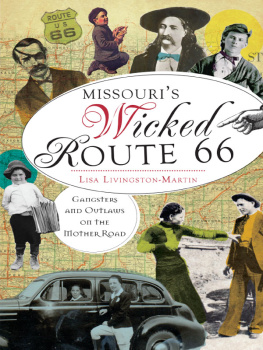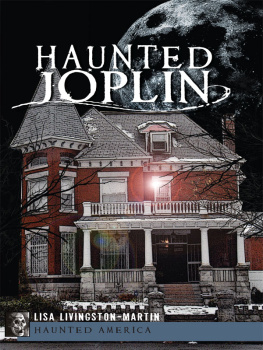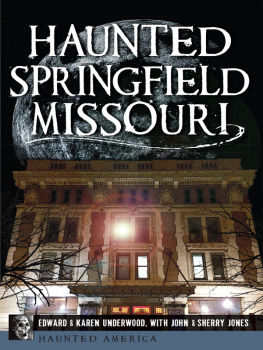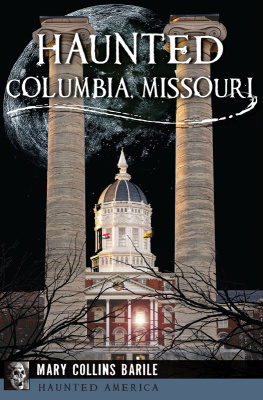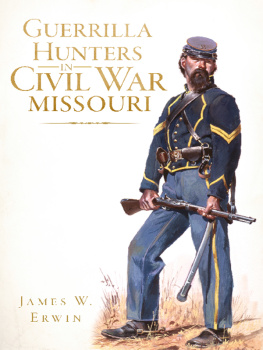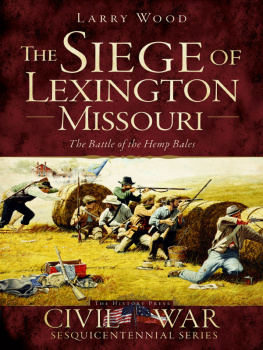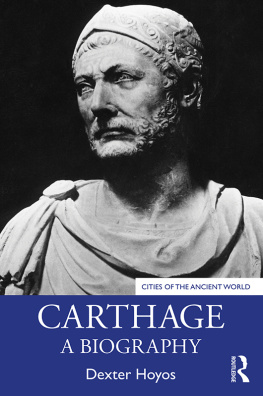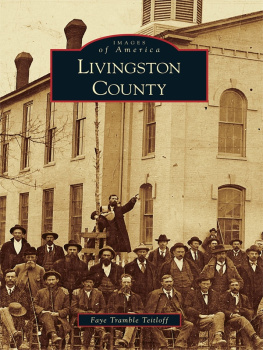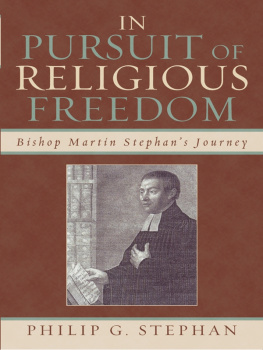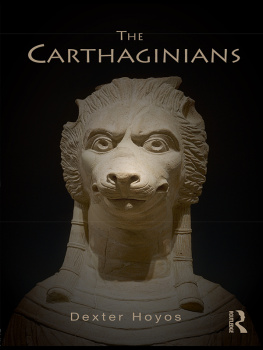

Published by Haunted America
A Division of The History Press
Charleston, SC 29403
www.historypress.net
Copyright 2013 by Lisa Livingston-Martin
All rights reserved
Unless otherwise noted, all images are courtesy of the author.
First published 2013
e-book edition 2013
ISBN 978.1.62584.673.0
Library of Congress Cataloging-in-Publication Data
Livingston-Martin, Lisa.
Haunted Carthage, Missouri / Lisa Livingston-Martin.
pages cm. -- (Haunted america)
print edition ISBN 978-1-62619-204-1 (pbk.)
1. Haunted places--Missouri--Carthage. 2. Ghosts--Missouri--Carthage. I. Title.
BF1472.U6L588 2013
133.10977872--dc23
2013036537
Notice: The information in this book is true and complete to the best of our knowledge. It is offered without guarantee on the part of the author or The History Press. The author and The History Press disclaim all liability in connection with the use of this book.
All rights reserved. No part of this book may be reproduced or transmitted in any form whatsoever without prior written permission from the publisher except in the case of brief quotations embodied in critical articles and reviews.
For everyone who explores these mysteries with meyou know who you are.
CONTENTS
ACKNOWLEDGEMENTS
This project has been far from a solo effort. I am grateful to many people for supporting and helping me during this process. I thank my family for understanding and helping me in numerous ways from tedious and mundane to fun and adventurous. Thank you to all of the Paranormal Science Lab team members, whose efforts made much of this project possible. Special thanks to Paranormal Science Lab team leaders, Eric Crinnian and Mistie Cole.
Thank you to those who have been supportive of Paranormal Science Lab and its efforts to bring attention to and to promote preservation efforts for historic sites, including Kendrick House in Carthage, Missouri; Burlingame & Chaffee Opera House, in Carthage, Missouri; and the Olivia Apartments in Joplin, Missouri. Thank you to Victorian Carthage, the nonprofit owner of Kendrick House, including Board of Directors members Kelly Still Harris, Bonnie Harris and Roberta Williams. Thank you to Keith and Rachel McBride, owners of the Burlingame & Chaffee Opera House. Thank you to Mark Williams of Stonesthrow Properties, LLC, owner of the Olivia Apartments. Thank you to Mike Harris, Gary Bandy, John Hacker, Joe Hadsall, Rebecca Haines, Kevin McClintock, Nikki Patrick, Blake James, the Carthage Press, the Joplin Globe, Joplin Metro Magazine, Show Me the Ozarks Magazine, the Joplin Fuse, KOAM TV, KODE TV and KSN TV, Pittsburg Morning Sun, Neosho Daily News and the Missouri Humanities Council for spreading the word. Thank you to all those who have attended PSL activities at Kendrick House, Olivia Apartments and the Burlingame & Chaffee Opera House, including the Haunted History Tours. We have made new friends and enjoyed sharing history and the paranormal with the public.
I am indebted to the knowledge of many people in researching and writing this book. I want to thank Steve Cottrell, author and expert on Civil War history in southwest Missouri, for insights. I also want to thank Steve Cottrell and Cliff Kester, who are both active in Civil War reenactments, for graciously posing for images that appear in this book, including appearing as our ghostly soldiers. I thank former and current property owners and residents of locations featured in Haunted Carthage for speaking with me. I learned many additional, interesting facts during these conversations. Thank you to the staff of the City of Carthage Civil War Museum; the Battle of Carthage Battlefield Park; the Bushwhacker Museum in Nevada, Missouri; the Joplin Public Library; Webb City Genealogy Society and Webb City Library in Webb City, Missouri; and the Baxter Springs Heritage Museum in Baxter Springs, Kansas.
I wish to extend a special thank-you to Janice Tremeear, author of Missouris Haunted Route 66: Ghosts Along the Mother Road and Haunted Ozarks, for encouragement and for the introduction to my editor, Ben Gibson, and especially to Ben Gibson and everyone at The History Press for making this book a realitya dream come true.
SPIRITUALISM AND SOUTHERN CULTURE
MAKING OF HAUNTED CARTHAGE
Carthage, Missouri, is steeped in a rich and intertwined history. Multiple factors came together in the vicinity of Carthage that suggest a likelihood to become a site of paranormal activity. The area that would become Jasper County, Missouri, was purchased by the federal government from the Osage Indians for $1,200 in cash and $1,500 in merchandise in 1808. White settlers, mostly southerners, came into the area beginning in the 1830s. Various settlements and towns were formed in the area, including nearby Cave Springs and Sarcoxie. Carthage quickly grew to be the largest town when Jasper County was formed in 1841. In 1842, Carthage was selected as the county seat. The town was built up around the public open square. On the north side of the square, a one-room wood-frame courthouse was built at a cost of $398.50, completed in June 1842. By 1851, the county had replaced the wooden courthouse with a two-story brick courthouse in the center of the square. The early settlers were industrious and self-reliant, and many prospered from farming and industry. Carthage quickly grew into a commercial center.
Over time, a blending of the Native American legends of the region and the southern settlers own beliefs converged to give the Ozark Plateau region that surrounds Carthage a rich, unique folklore, including documentation of paranormal experiences. As a result, in certain places, events of long ago continue to reverberate in the form of paranormal activity. The observer is left with the task of deciphering that activity as to its origin and meaning.
Monument to the Osage War of 1837 on the courthouse lawn on the square in Carthage.
Many paranormal legends in the region have their origins in local Native American lore. From the Hornet Spook Light to the Devils Promenade and legends of creatures such as the Goatman, Native American beliefs persist. These stories have been elaborated on over time with the experiences of settlers coming into the region. There are some recurrent ghost stories told throughout the Ozark Plateau area that date to the 1800s. There are numerous stories of old log cabins that were haunted. Often the stories center on noises heard by passersby. The distinct sounds of someone chopping wood or an axe being sharpened on a grindstone would be described, as well as the sound of water being poured on the grindstone in intervals, as would have been done in life. This story was recounted in various places and usually involved abandoned cabins and farmhouses. Other types of noises discussed in these early ghost stories include that of a mans boots walking across the floor and retrieving water from a bucket. This story was not only associated with abandoned homes but was even told by an elderly woman in the early 1900s as happening in her small log cabin where she lived by herself.





